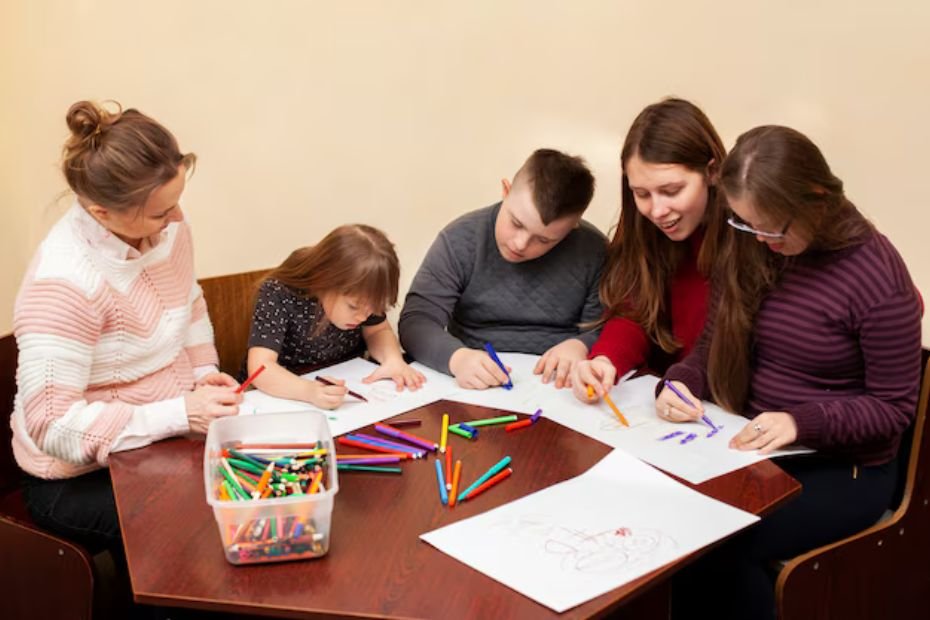Special education is a vital aspect of the educational landscape, aimed at ensuring that all students, regardless of their abilities or disabilities, receive a quality education. As more schools embrace inclusive classrooms, understanding special education becomes essential for educators, administrators, and support staff. This article will explore the key elements of special education, the importance of training for inclusive classrooms, and practical strategies to foster a supportive learning environment for all students.
What is Special Education?
Special education refers to a range of educational services tailored to meet the needs of students with disabilities. These services aim to provide individualized instruction and support to help these students succeed academically and socially. The Individuals with Disabilities Education Act (IDEA) governs special education in the United States, ensuring that students with disabilities have access to a free and appropriate public education (FAPE).
Types of Disabilities Covered
Students with disabilities may have a wide range of challenges, including:
- Learning Disabilities: Issues with reading, writing, or math.
- Emotional Disturbance: Conditions that affect a child’s ability to learn and interact socially.
- Autism Spectrum Disorder (ASD): A range of conditions affecting communication and behavior.
- Intellectual Disabilities: Limitations in intellectual functioning and adaptive behavior.
- Sensory Impairments: Such as blindness or hearing loss.
The Importance of Training for Inclusive Classrooms
Training for inclusive classrooms is crucial for several reasons:
1. Enhancing Educator Skills
Teachers equipped with knowledge about special education can better support diverse learners. Training programs often cover topics such as:
- Differentiated Instruction: Tailoring teaching methods to meet individual student needs.
- Behavior Management: Strategies for managing classroom behavior in a positive way.
- Collaboration with Specialists: Working with special education professionals, such as speech therapists and occupational therapists.
2. Fostering a Positive Learning Environment
An inclusive classroom creates a welcoming environment for all students. When educators receive proper training, they can:
- Promote understanding and respect among students.
- Foster a culture of collaboration and teamwork.
- Help students with disabilities feel included and valued.
3. Improving Academic Outcomes
Research shows that students with disabilities can achieve better academic outcomes in inclusive settings. Properly trained educators can implement effective teaching strategies that cater to individual learning styles and needs.
Key Components of Effective Special Education Training
For training programs to be effective, they should encompass several essential components:
1. Understanding Legislation and Policies
Educators should be familiar with the legal frameworks governing special education, such as IDEA and Section 504 of the Rehabilitation Act. This knowledge ensures that they can advocate for their students’ rights and understand the support available.
2. Developing Individualized Education Plans (IEPs)
IEPs are crucial documents that outline the educational goals, services, and accommodations for students with disabilities. Training should include:
- How to develop and implement IEPs.
- Collaborating with families to create meaningful goals.
- Assessing and monitoring student progress.
3. Adapting Curriculum and Instruction
Teachers should learn how to modify their curriculum and teaching methods to meet the diverse needs of their students. This includes:
- Using assistive technology to support learning.
- Incorporating multisensory teaching approaches.
- Providing alternative assessments that reflect student capabilities.
4. Building Relationships with Students and Families
Effective communication and relationship-building are essential in special education. Training should focus on:
- Engaging families as partners in the educational process.
- Understanding cultural and linguistic diversity.
- Developing empathy and rapport with students.
Practical Strategies for Inclusive Classrooms
In addition to training, educators can implement several practical strategies to promote inclusivity:
1. Create a Welcoming Classroom Environment
- Use visual supports, such as charts and pictures, to enhance understanding.
- Arrange the classroom to facilitate collaboration and interaction.
2. Encourage Peer Support
- Foster buddy systems or peer mentoring programs where students support one another.
- Promote group work that allows students to learn from each other’s strengths.
3. Use Universal Design for Learning (UDL)
UDL is an educational framework that emphasizes providing multiple means of engagement, representation, and action/expression. Implementing UDL principles can help meet the diverse needs of all learners.
4. Continuous Professional Development
Educators should engage in ongoing training and professional development to stay current with best practices in special education. This commitment ensures they can effectively support their students throughout their careers.
Conclusion
Understanding special education and training for inclusive classrooms is essential for fostering an environment where all students can thrive. By equipping educators with the knowledge and skills to support diverse learners, we can create classrooms that celebrate differences and promote academic success for everyone. The journey toward inclusion is ongoing, but with proper training and commitment, we can build a brighter future for students with disabilities.
